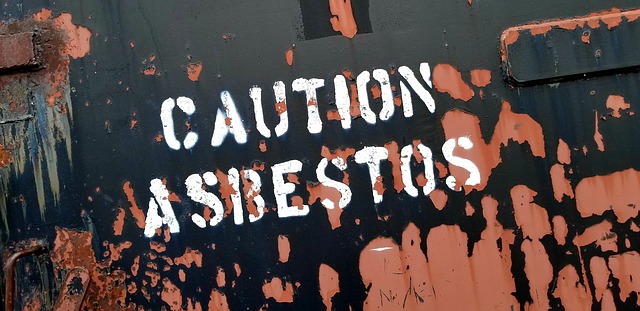Tips on How to Manage Asbestos in a Property

Asbestos, once widely used in construction for its fire-resistant and insulating properties, is now known to pose significant health risks when its fibers become airborne. If you own or manage a property that may contain asbestos, it’s crucial to handle it properly to ensure the safety of all occupants. Here are some essential tips on how to manage asbestos in a property effectively.
1. Identify Asbestos-Containing Materials (ACMs)
The first step in managing asbestos is to identify whether it is present in your property. Asbestos was commonly used in a variety of building materials, including:
- Insulation (pipe, boiler, and duct)
- Roof shingles and tiles
- Ceiling tiles and coatings (like Artex)
- Floor tiles and adhesives
- Cement sheets
- Textured paints and coatings
Buildings constructed before the 1980s are more likely to contain asbestos. To accurately identify ACMs, a professional asbestos surveyor can conduct a thorough inspection and testing. Contact us and we can help you.
2. Assess the Condition of ACMs
Once ACMs have been identified, assess their condition. Asbestos is only hazardous when it is disturbed and fibers are released into the air. If the materials are in good condition and unlikely to be disturbed, they may not pose an immediate risk. However, damaged or deteriorating ACMs should be addressed promptly.
3. Regular Monitoring
If asbestos-containing materials are left in place, it’s important to regularly monitor their condition. Set up a schedule for routine inspections to ensure that the ACMs remain intact. If you notice any signs of wear, such as cracks, crumbling, or water damage, take action immediately.
4. Avoid Disturbing ACMs
One of the most crucial tips for managing asbestos is to avoid disturbing it. Activities like drilling, cutting, sanding, or demolishing can release asbestos fibers into the air. If renovation or repair work is necessary, inform contractors about the presence of asbestos so they can take appropriate precautions.
5. Encapsulation
Encapsulation is a method used to manage asbestos by sealing it with a protective barrier. This prevents asbestos fibers from becoming airborne. Encapsulation is particularly effective for materials that are in good condition but are located in areas where they may be accidentally disturbed. However, this is a temporary solution, and the condition of the encapsulated material should still be monitored.
6. Professional Asbestos Removal
In some cases, the safest option is to remove the asbestos-containing materials entirely, especially if they are damaged or if major renovations are planned. Asbestos removal should always be carried out by licensed professionals who have the training and equipment to do the job safely. Never attempt to remove asbestos yourself.
7. Educate Occupants
If you manage a property with ACMs, it’s important to educate all occupants about the presence of asbestos and the risks involved. Provide clear instructions on what to do if they suspect asbestos disturbance and emphasise the importance of reporting any damage or deterioration.
8. Develop an Asbestos Management Plan
An asbestos management plan is a comprehensive document that outlines how asbestos will be managed in the property. It should include:
- The location and condition of ACMs
- Inspection and monitoring schedules
- Procedures for maintenance or renovation work
- Emergency procedures for accidental disturbance
- Responsibilities of building managers and occupants
Having a well-documented plan ensures that everyone knows how to handle asbestos safely and reduces the risk of accidental exposure.
9. Comply with Legal Requirements
Different countries and regions have specific regulations governing asbestos management. Ensure that your property complies with all applicable laws and regulations, including proper labeling of ACMs, safe disposal of asbestos waste, and reporting requirements.
10. Consider An Asbestos Survey
Managing asbestos is a complex task that requires knowledge and expertise. If you’re unsure about any aspect of asbestos management, consider consulting with a professional. They can provide advice on the best practices for your specific situation and help you navigate legal requirements.
Contact Us For Help
Managing asbestos in a property requires vigilance, proper planning, and a commitment to safety. By identifying and assessing asbestos-containing materials, avoiding disturbance, and involving professionals when necessary, you can minimize the risks associated with asbestos and protect the health of everyone in the property. Regular monitoring and a well-implemented asbestos management plan are key to ensuring that asbestos remains safely managed over time.
